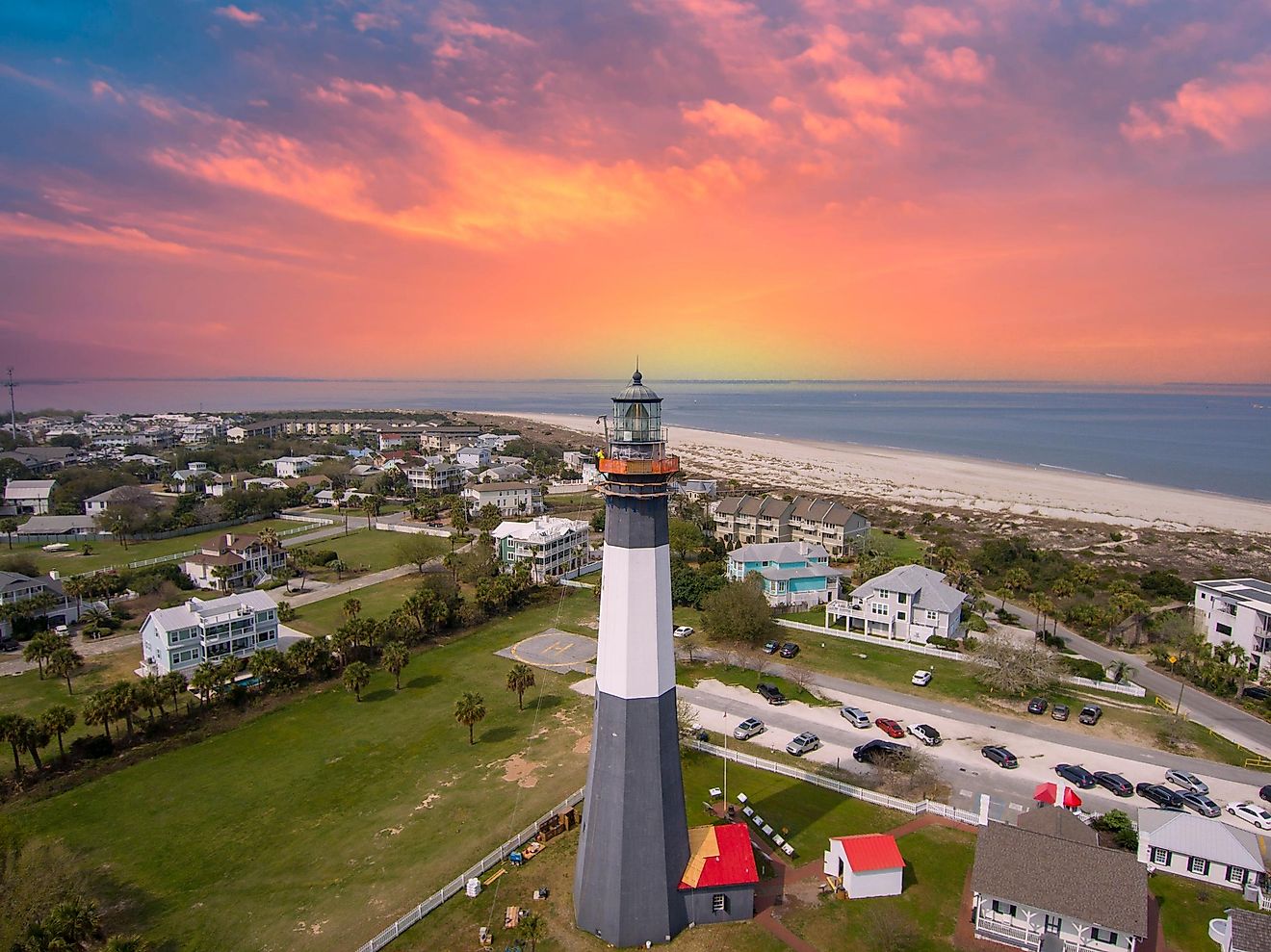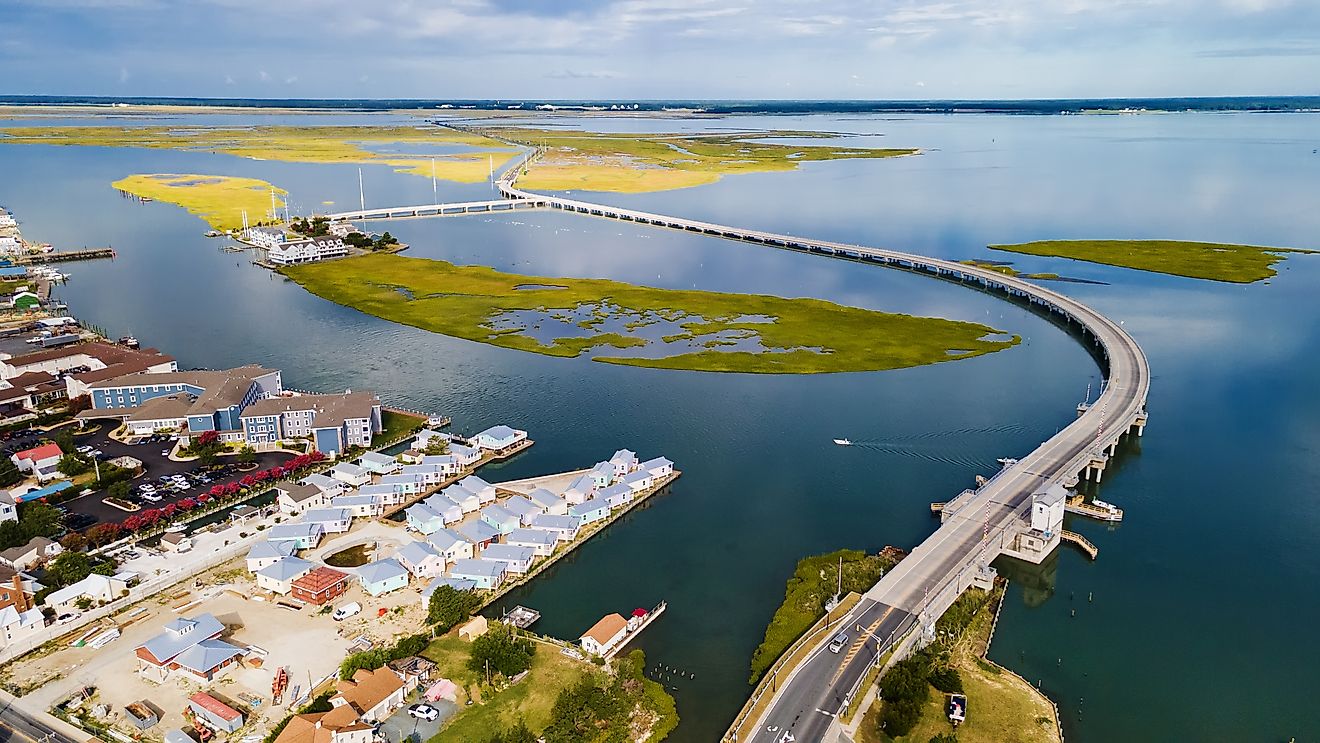
Sebastopol, California
The quaint city of Sebastopol is a hidden gem of the US State of California. Growing place of the delicate and delightful Gravenstein apple, Sebastopol has cultivated a richly creative culture from within its self-proclaimed ‘hippie’ roots. The city is located in Sonoma County, which happens to be one of the most biologically diverse regions in the entire state – this is saying something, as California tops the charts for biodiversity in the United States. Sebastopol has remained a small town, hosting a few ranch outfitters and vintage shops and only a handful of streets. Still, USD 23.8 million went into developing The Barlow – a culinary center spanning 12.5 acres devoted to celebrating art, wine, and creative local cuisine. Tourists and locals alike frequent The Barlow for its impressive collection of wineries, distilleries, restaurants, craft vendors, and shopping boutiques.
Geography And Climate Of Sebastopol

The orchard-encircled and vineyard-draped Sebastopol is located 15 miles from both the Russian River and the Pacific Ocean. Rare plant species such as the Pitkin Marsh Lily and White Sedge can be found in Sebastopol’s surrounding area. Northern California’s largest region of freshwater wetland, The Laguna de Santa Rosa, is a 22-mile channel that joins with the Russian River and drains into a watershed that spans 254-square miles and covers almost the entirety of the Santa Rosa Plain. The majority of Sonoma County’s population resides at the receiving basin of this watershed, making it a natural feature of particular significance to small cities like Sebastopol regarding local concerns about water quality and flood control. The Laguna floods almost every winter and cuts off State Route 12 (which travels east-west to connect Sebastopol with San Andreas). Sebastopol’s neighboring communities include: Windsor, Santa Rosa, Rohnert Park, Cotati, and Forestville; the majority of these cities can be accessed via Highway 101.
According to tourism ratings, the best months of the year to visit Sebastopol fall between June and September. Throughout these warmer months, the average daily temperature remains around 76°F, and in July – the hottest month – the average high is 80 °F. Summers in Sebastopol are long and sunny, with little cloud coverage. The cool season is relatively short, spanning only from the end of November to the beginning of February, with average daily temperatures falling below 61°F. The coldest month of the year in Sebastopol is December when the average low for the day is 39°F. Sebastopol experiences rainy conditions for eight months of the year, from September to May, and the rainiest month – February – sees an average of 5.8 inches of rainfall. The seasonal variation in Sebastopol is great, however, for there is typically no rain at all in July.
Brief History Of Sebastopol

Indigenous Miwok and Pomo peoples are recognized as having inhabited the land on which Sebastopol was eventually settled since time immemorial. The town was established in 1850, consisting of a post office and a trading center for the farmers local to the surrounding area. California’s population inflated drastically with the westward migration of the Gold Rush, and many settlers were drawn North toward San Francisco by the region’s invitingly fertile valleys. When a prolonged fistfight broke out in the newly founded town, someone was reminded of an incident that had taken place during the Crimean War (which was, at this point, in full swing). The British had conducted a long siege of Sevastopol, a Russian seaport. The Crimean War is one of the first instances of internationally broadcast journalism in history, and the social impact of such a breakthrough is confirmed by the fact that four more cities named Sebastopol also existed in California at this time (these were later renamed, but can be found today in Yountville, Tulare, Sacramento, and Nevada). The apple industry brought prosperity to the rural population of Sebastopol, and although the town’s earliest buildings were decimated by an earthquake in 1906, the residents determinedly rebuilt and continued to grow.
The Population And Economy Of Sebastopol

The population of Sebastopol was 7,197 as per the latest US Census. A survey conducted the year before, in 2019, demonstrated a White (non-Hispanic) population that outnumbered all other races and ethnicities. The dominant racial demographics of Sebastopol are as follows: 79% White (non-Hispanic), 7% Two or more races (non-Hispanic), 6% White (Hispanic), 3% Asian (non-Hispanic), and 2% Other (Hispanic). The median household income in Sebastopol is $82,244, which is $16,532 higher than the country’s national average. California’s income inequality based on gender is also higher in Sebastopol than across the United States: the males earn 1.26 times more than females.
Attractions In Sebastopol
Gravenstein Apple
The Gravenstein apple is, of course, Sebastopol’s proudest attraction. It was Russian explorers who first planted the Gravenstein apple tree in the area, and the highly versatile apple is now an essential ingredient when locals bake pies or cook apple sauce. The Gravenstein has very soft skin, meaning it perishes too easily to withstand long journeys and cannot be exported far beyond Sonoma County. They are in their prime from late July to the middle of August when the annual Gravenstein Apple Fair is held.
Florence Avenue’s Trash Art

Florence Avenue’s Trash Art perfectly represents Sebastopol’s incredibly creative and artsy cultural heart. Florence Avenue runs through three blocks of the city, and the front yards of the homes that line the roadway are filled with fantastic sculptures and art installments created from recycled rubbish. The exhibit is the work of Sebastopol couple Patrick Amiot and Brigitte Laurent, who started the trend in 2001 by converting an old water heater into a fisherman’s likeness. Impressed neighbors have since expanded the collection to include a sculpture of the Mad Hatter sipping tea, a skeleton piloting a helicopter, and a rat driving a sports car.
West County Museum

History buffs will definitely visit the West County Museum, housed in a converted 1917 railway depot and offers a glimpse into the region’s pre-colonial history with Indigenous Pomo artifacts and knowledge. The museum also oversees the surviving 3 acres of Luther Burbank’s Experiment Farm, where the famous horticulturalist carried out his work refining and developing various species of fruits, vegetables, flowers, and grain. Visitors can see the gardens or take advantage of the guided tours offered by the museum!
It is no wonder that Sebastopol residents take such pride in their home. Nearly everything that grows in the picturesque California wine county is edible, promoting a deep cultural appreciation among locals for superb food and exquisite wine. The Sunday Farmer’s Market practically overflows with the elusive Gravenstein apple, and the intimacy fostered within such “nook-and-cranny wine region” towns is an experience that indeed must be had.











